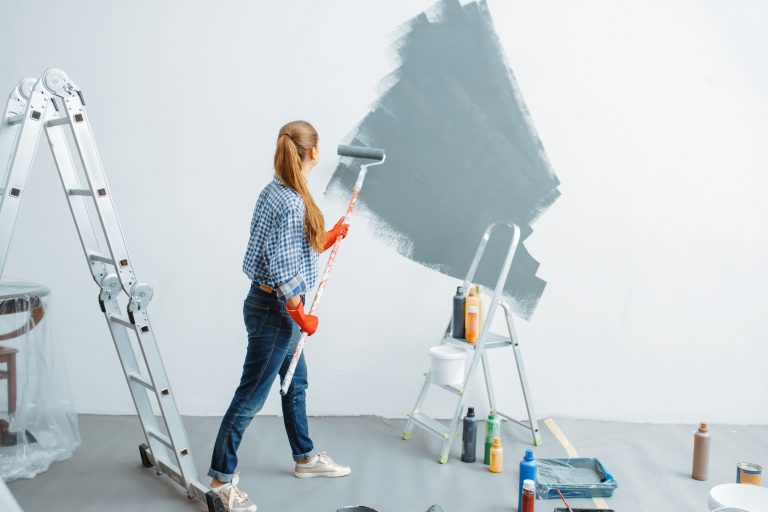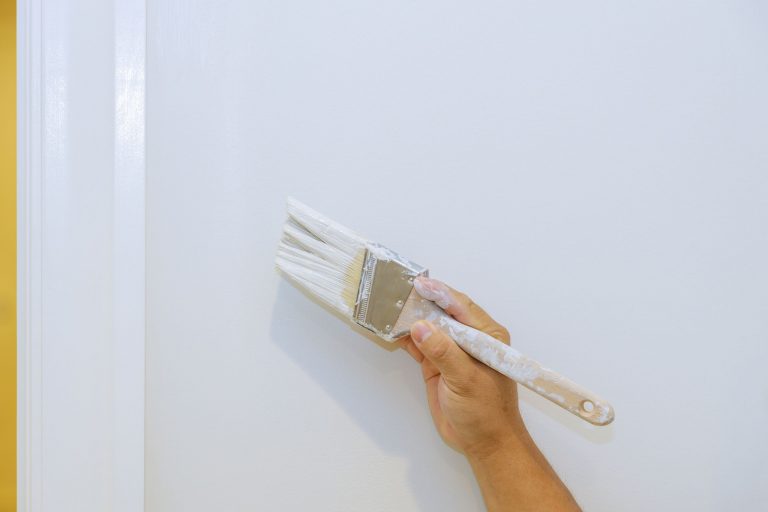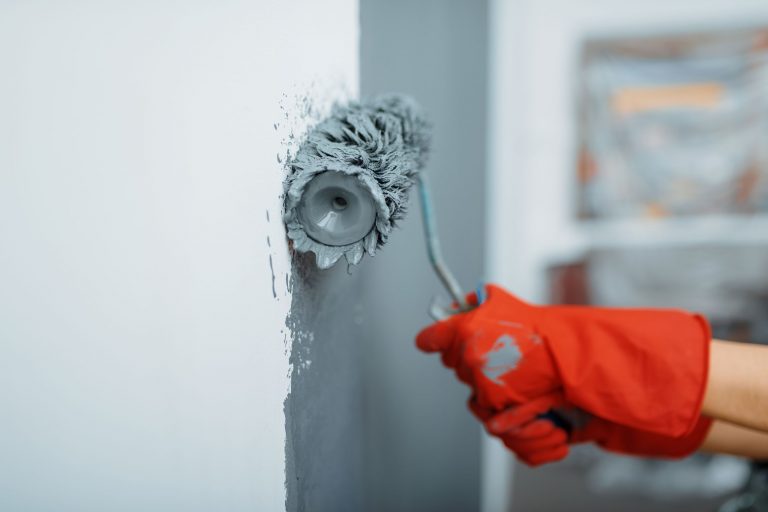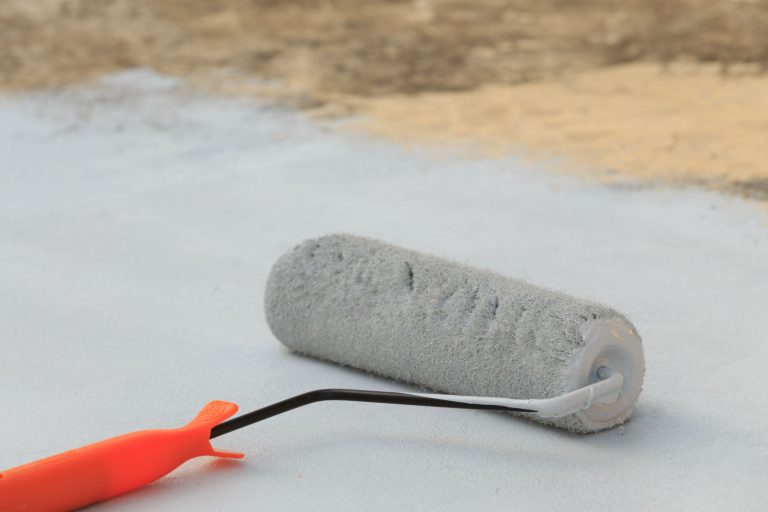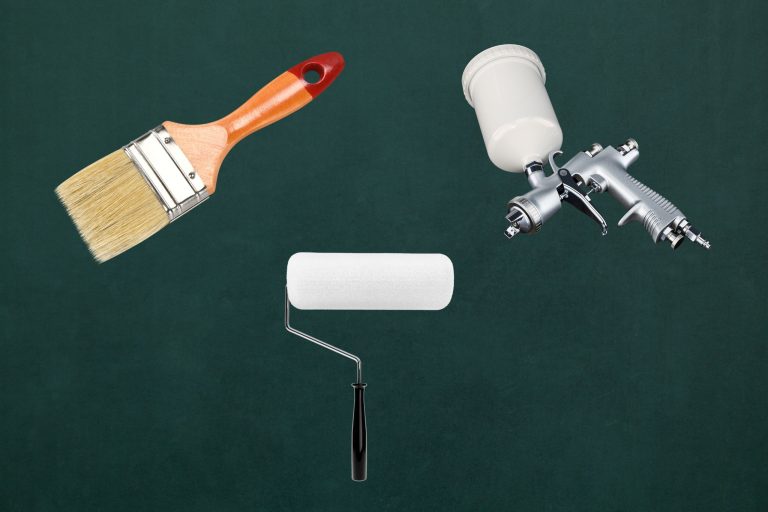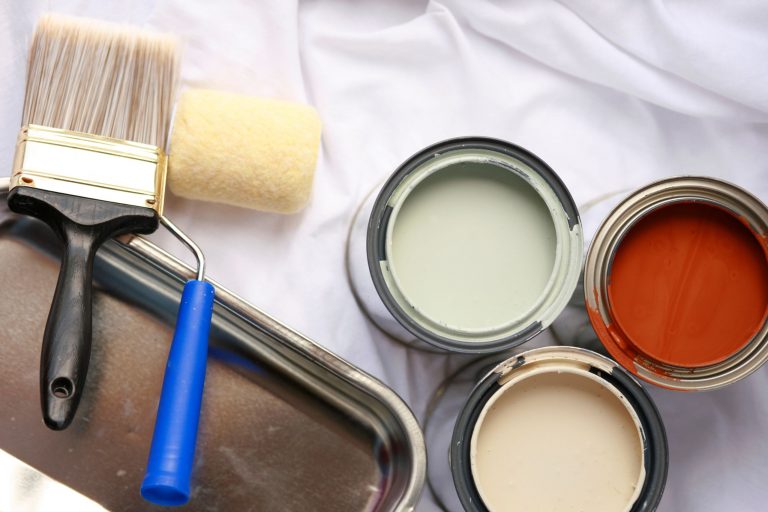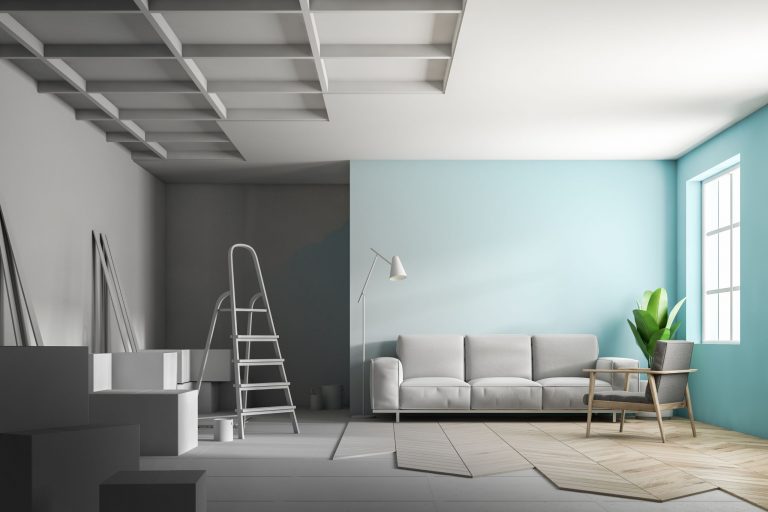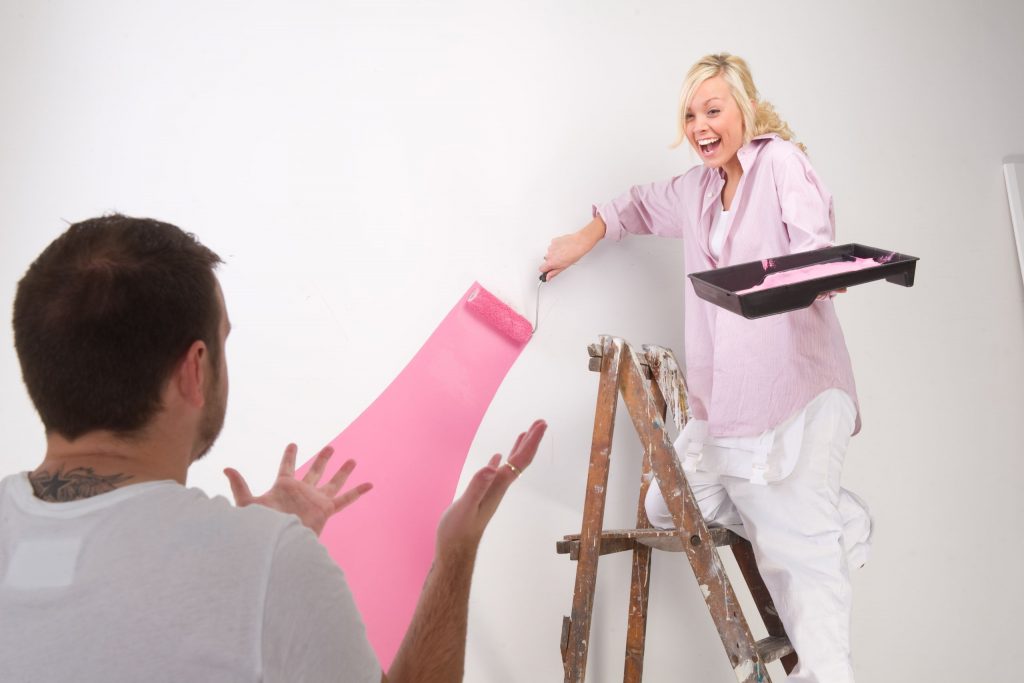
Improving the look of a house and raising its total worth depend on interior painting in great part. Any area may be given new life by a fresh coat of paint, which also helps to express personal style and brightens, welcomes any place. Not only can a well-executed paint job enhance aesthetics, but it also adds to the market appeal of the house, often increasing selling value.
Although many people are ready to do interior painting as a do-it-yourself job, this one might present some difficulties. Common errors like bad color choice, insufficient surface preparation, or incorrect technique may provide disappointing results leaving walls appearing uneven or unpolished. Understanding these traps and approaching the work with careful preparation will help homeowners to get a professional finish that improves the general look of the house and raises the living areas. A few basic rules will help you turn the painting process from intimidating to fulfilling and open the path for outstanding results.
Skipping Surface Preparation
A good finish on any painting endeavor depends on surface preparation. Dust, grease, and filth are removed from walls by cleaning them, therefore improving the paint adherence. Improper cleaning of surfaces may allow pollutants to cause the paint to chip or peel over time, therefore affecting the look and maybe costing expensive repairs.
A smooth surface is created in great part via sanding. It guarantees equal paint adherence by helping to remove flaws such peeling or lumps. Ignoring this stage might result in an uneven finish, in which case the paint will not settle correctly and a patchy appearance results. Sanding also increases surface area and enhances paint grip, hence strengthening adhesion.
Painting requires a strong foundation which is created by priming. A primer separating the wall from the paint guarantees better color coverage and adhesion. Without it, paint may soak unevenly and cause discoloration; thus, consistency calls for more layers.
Ignoring these surface preparation tasks may result in a poor paint adhesion, a wrong finish, and expensive future maintenance. Time spent on cleaning, sanding, and priming guarantees a beautiful, long-lasting outcome.
Choosing the Wrong Paint Type or Color
Choosing the wrong paint finish or color may dramatically affect the look and feel of a place. A flat surface may absorb light, thus making a location feel smaller and more enclosed; a glossy finish may reflect light, so generating an expansive and lively atmosphere. Choosing an unexpected hue may also dominate the look of the area, either complementing or contradicting the current décor, therefore creating a disconnected image.
One should take the use of the area into account when choosing the suitable paint varieties. Strong traffic areas such as corridors would be perfect for satin or semi-gloss washable, durable finishes. Conversely, softer, flat surfaces with warmth and comfort would help bedrooms and cozy areas. Painting samples under various lighting situations also allows one to see color changes during the day. While stronger colors provide individuality, neutrals may be rather flexible. Any house will have better general aesthetic harmony if finish and color are carefully considered in line with the purpose and intended mood of the space.
Not Using the Right Tools
Good paint work calls for the right tools to be employed. The final outcome depends much on the quality brushes, rollers, and painter’s tape. Premium brushes’ better control and more consistent application help paint to lay organically on the surface. Rollers designed for certain textures and finishes may cover more land fast even while streaks or bubbles are being reduced.
Correct selection of painters’ tape ensures clean lines and helps to reduce paint bleed, thereby improving the professional appearance. Bad adherence or paint removal from low-quality tape would lead to unpleasant touch-up work. Investing in these products helps people increase their chances of obtaining a perfect, faultless finish that improves the whole visual appeal.
The correct instruments not only simplify the process but also over time save time and money. Using inferior tools could result in uneven surfaces, untidy edges, and more corrective actions needed, therefore jeopardizing the integrity of the product. On the other hand, premium materials help to produce a polished result, therefore highlighting the work’s effort and meticulousness.
Rushing the Job
Rushing the work during a painting project could cause a number of problems, which emphasizes the need of patience in obtaining a polished finish. Professionals advise using many thin layers as they provide more even and smoother coverage. Thin layers let every coat dry consistently and stick correctly. People that hurry this procedure often apply heavy coats, trying to speed results, which may retain moisture and cause streaks and drips.
Moreover, it is rather important to provide enough drying time between coats. Inadequate drying may lead newly applied paint to lift or mix with the previous layer, creating uneven textures and colors. Hurrying through the drying process might sometimes lead artists to find later, time-consuming and costly need for corrections.
A good finish results from applying many thin layers and ensuring appropriate drying time. Using patience not only improves the work’s appearance but also helps the paint job last for longer. Therefore, focused attention to these features will finally provide more fulfilling outcomes.
Ignoring Ventilation and Safety
Ignoring appropriate ventilation both during and after painting might cause major medical problems. To release volatile organic compounds (VOCs) produced by paints, enough airflow is very vital. These poisons may gather in confined areas without enough ventilation, thereby aggravating headaches, coughing, and vertigo. Thus, householders and professionals have to give ventilation first priority by opening windows and using fans to produce a cross-breeze, thereby guaranteeing a safer working atmosphere.
Apart from ventilation, using non-toxic paints helps to reduce health risks significantly. Many paint companies provide low-VOC, or zero-VOC choices that reduce hazardous emissions while still producing superior finishes. Furthermore, donning gloves, goggles, and masks—which protect against breathing harmful particles or skin irritation—is very crucial.
These easy yet powerful safety precautions will help people to enjoy the painting process without jeopardizing their condition. Good ventilation and the use of safe products improve not only the painting experience but also help to maintain long-term wellbeing in living environments.
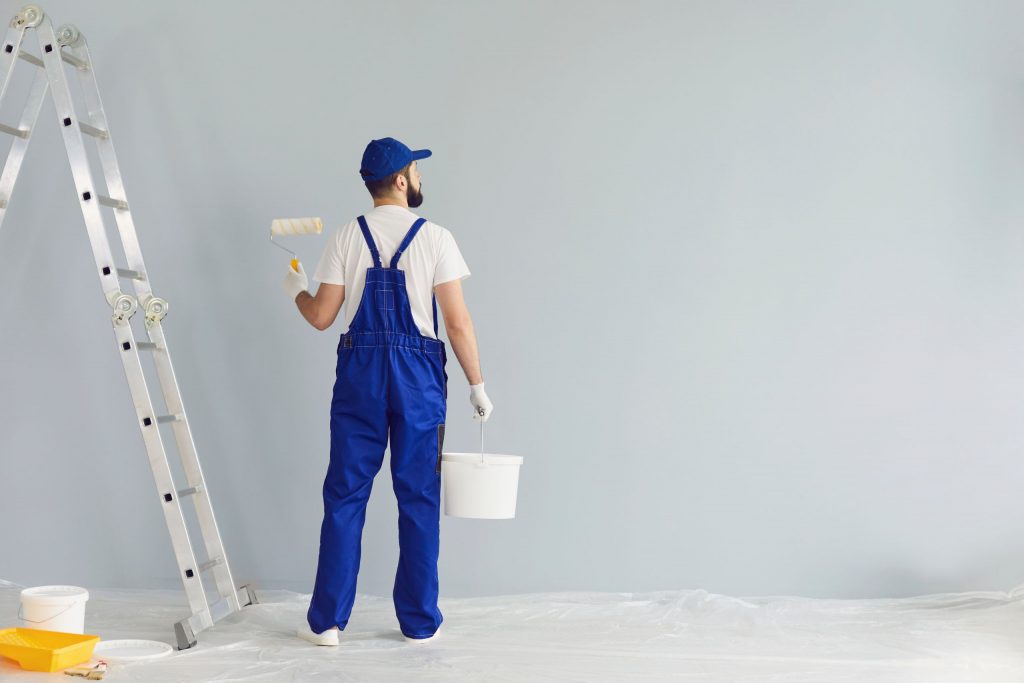
Conclusion
To get a professional and long-lasting finish in interior painting, the essay emphasizes at the need of avoiding typical blunders. Important concerns address the need of appropriate surface preparation, choosing premium materials, and using appropriate application methods to prevent problems such unequal coverage and paint drips. Before beginning a job, it also underlines the need of having the correct equipment, neat desks, and careful preparation. Avoiding these traps will help readers improve the appearance and lifetime of their painted work. Furthermore, the paper invites readers to explore blogs emphasizing “painting techniques and tips,” as they provide insightful analysis to improve abilities and increase confidence in next projects. Learning best practices will enable people to artistically and practically change their environments, therefore guaranteeing happiness with their painting activities.

